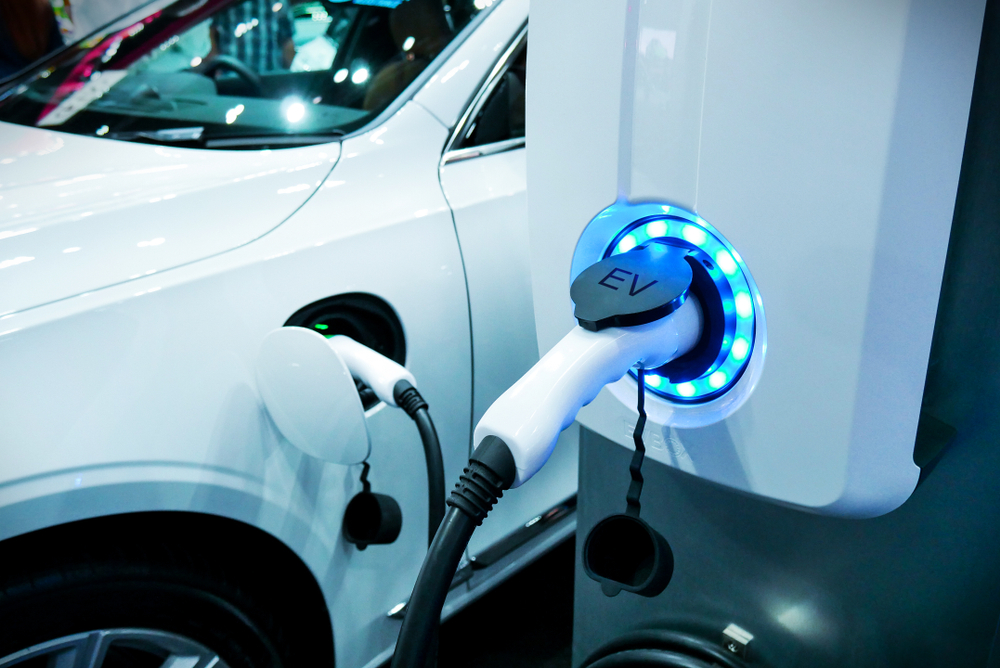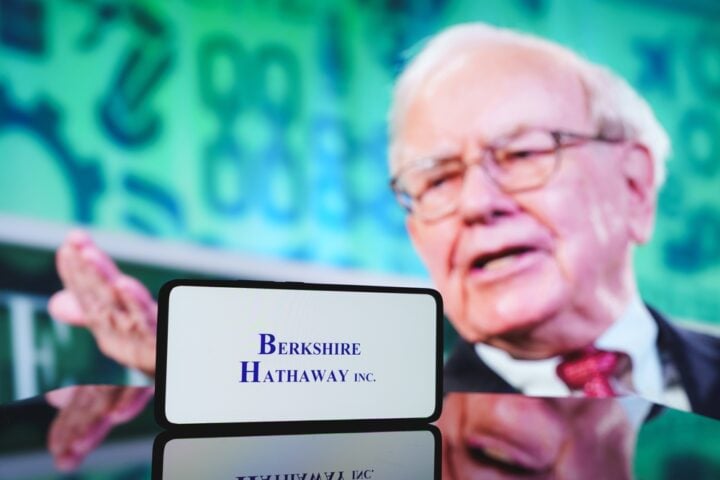Over the past decade, Chinese automakers have solidified their dominance in the global electric vehicle (EV) market, leaving competitors in the U.S. and Europe far behind. New data highlights just how far China has surged ahead, with its EV sales now accounting for a staggering majority of global market share.
China’s Staggering EV Market Share
According to data from the China Passenger Car Association (CPCA), China’s EV market accounted for 76% of global EV sales in October 2023. Between January and October, 69% of the 14.1 million new energy vehicles (NEVs)—which include fully electric vehicles (EVs) and plug-in hybrids (PHEVs)—were sold in China.
In comparison, the U.S. sold only 1.28 million EVs and PHEVs during the same period, representing less than 10% of global sales. Europe fared slightly better, selling 2.32 million units in the first eight months of 2023, but growth in the region has slowed as legacy automakers struggle to compete in the EV space.
Breaking down the numbers further, China captured 63.2% of fully electric global sales and an astonishing 78% of PHEV sales during the first 10 months of the year.
Overcapacity and Protectionist Measures
While China’s EV dominance is impressive, it has raised concerns about overcapacity. Chinese automakers are increasingly targeting the Global South, where their EVs are gaining popularity. However, this expansion faces barriers in Western markets.
The European Union has imposed tariffs of up to 45.3% on Chinese cars, while the U.S. and Canada maintain a 100% tariff on Chinese EV imports and are considering banning Chinese-origin software in future EVs. These measures aim to protect domestic automakers but have had little impact on China’s growing domestic market.
Competitive and Subsidized Domestic Market
China’s domestic EV market is highly competitive, with established brands like BYD, SAIC, and Xpeng battling newcomers like Xiaomi. Analysts estimate that fewer than 20 of the 137 EV brands in China will be profitable by 2030, underscoring the cutthroat nature of the industry.
To further stimulate demand, the Chinese government doubled its EV subsidy in July 2023. Consumers replacing gas-powered cars now receive a subsidy of 20,000 yuan ($2,770), twice the amount announced earlier in the year.
Challenges for U.S. and European Automakers
As China accelerates its EV adoption, automakers in the U.S. and Europe face significant challenges. The incoming Trump administration has signaled plans to repeal EV incentives for consumers and manufacturers, potentially stalling growth in the U.S. EV market. Meanwhile, European legacy automakers are struggling to compete with Chinese brands, both in pricing and technological innovation.
The Road Ahead
China’s dominance in the EV market reflects a well-coordinated mix of government subsidies, aggressive competition, and advanced manufacturing capabilities. While protectionist measures in the U.S. and Europe may shield their domestic markets temporarily, the gap between China and the rest of the world continues to widen.
Unless Western automakers can innovate and scale rapidly, China’s lead in the electrification of transportation may become insurmountable.







